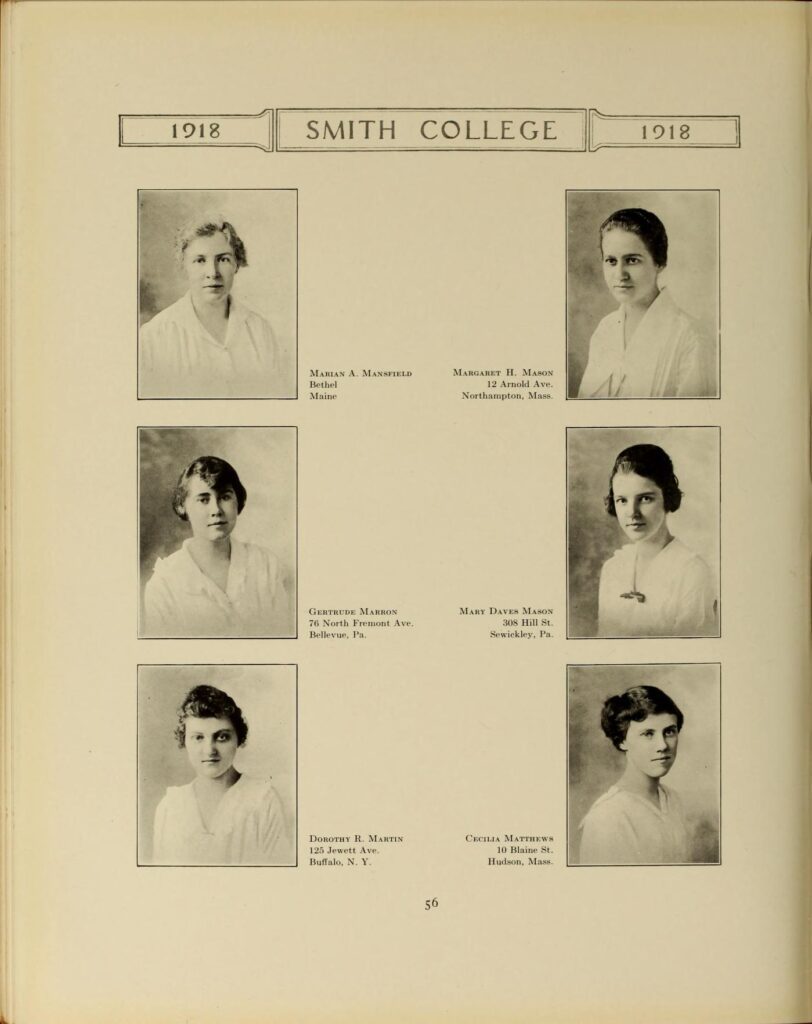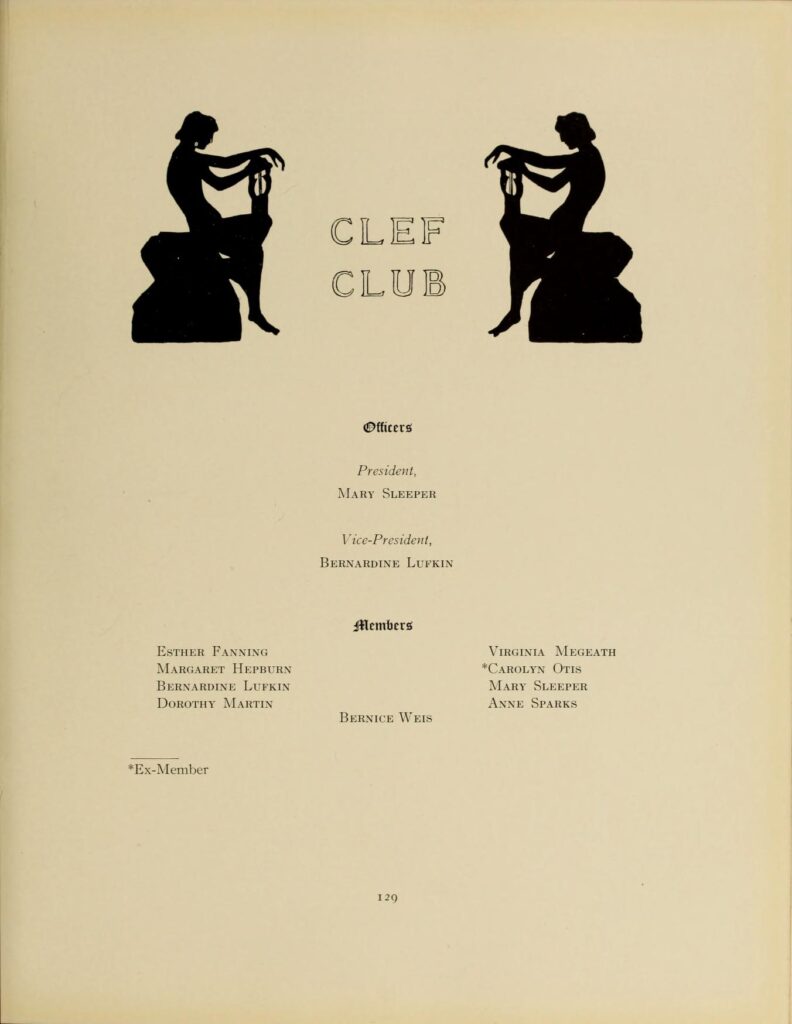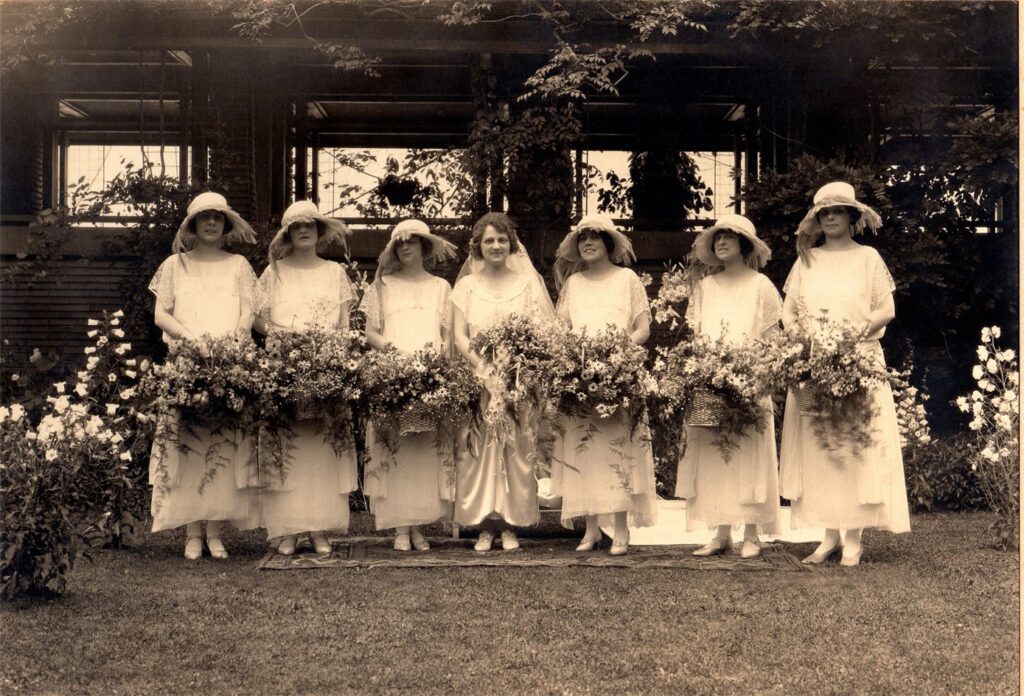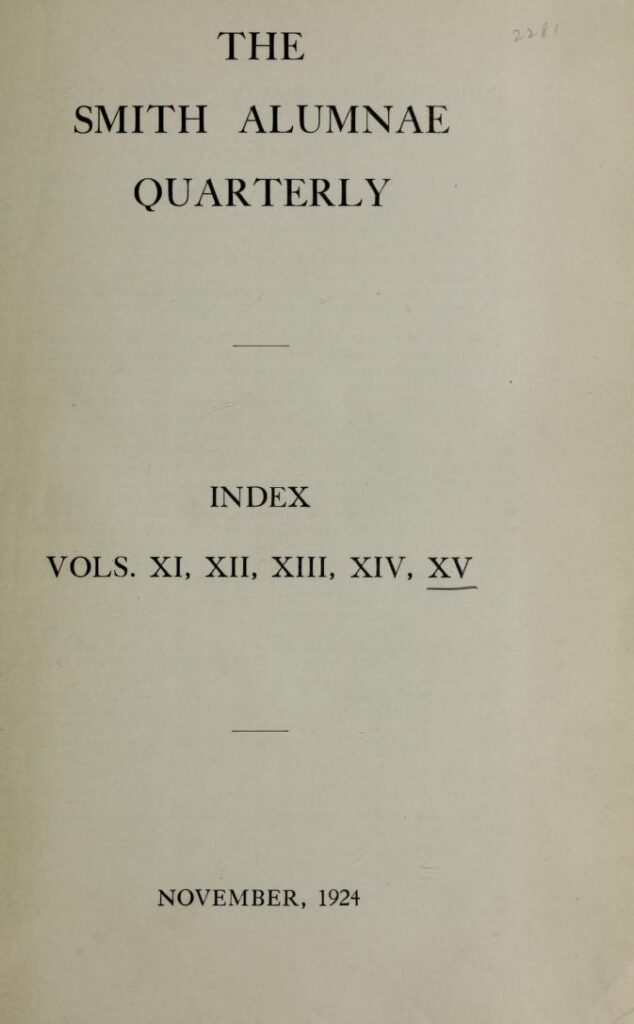With back-to-school season in full swing, this article from our curator provides an historical glimpse at the
educational formation of Dorothy R. Martin (1896-1980).
Dorothy R. Martin was the eldest child of Darwin D. and Isabelle Martin. Raised in the Martin House during her formative years, Dorothy had the privilege of receiving a formal education of the kind that neither her mother nor her self-taught father in their quest for knowledge ever had.
Dorothy entered primary in 1902 at the neighborhood Buffalo Public School 54. She studied there because, as she put it, her “father thought that was democratic.” (1) Even so, she eventually transferred to the city’s Christian Science Home School in 1904 along with her cousin Laura Barton. Subsequently, Dorothy was tutored in a small group with three other students as preparation for enrolling in the Buffalo Seminary. During that time, she also took private lessons in French. Dorothy officially registered at SEM in 1910 and graduated from the independent school for girls in 1914.
Coming from a family of wealth, Dorothy had the distinct advantage of attending an elite college at a time when women faced significant barriers in accessing higher education and in pursuing jobs outside a limited number of fields. She matriculated at Smith College in Northampton, Massachusetts, where she participated in many extracurricular activities including: student adviser, photographic editor of the Class Book Board, member of the senior baseball and substitute cricket teams, chair of the music committee for the campus theatrical production of Cave Canem, as well as service on a club known as Clef. The club was an organization for student composers who wrote and performed their original works with other Smith ensembles. (2) Referring to his daughter in a journal entry dated June 14, 1918, Darwin D. Martin proudly wrote in shorthand: “Dorothy graduated A.B. cum laude. Am full of gratitude. She happy.” One year later on March 8, 1918, Martin concluded: “Dorothy home ‘all educated.’” (4)
Returning to Buffalo after a year spent in Boston, Dorothy went on to marry James F. Foster, brother to Mary Elizabeth Foster who was from Smith’s Class of 1919. The wedding ceremony took place on June 14, 1922, on the beautifully landscaped grounds of the Martin House. The bridal party included Smith classmates Theodora Platt (Evanston, IL), Grace Fairbank Woods (Hatfield, MA), and Dorothea Dann (Buffalo, NY).
Dorothy Martin Foster stayed connected to her alma mater and contributed items for inclusion in the Smith Alumnae Quarterly. In one instance, she submitted an update—published in 1923, one year after her marriage—which she prepared in the form of a ditty. With joy and youthful exuberance, Dorothy wrote:
“My tale is not a ‘thriller’; I haven’t a career. I can’t describe great travels for I’ve been home all year, housekeeping, reading, working on committees grave and gay; Girl Reserve-ing for the Junior League, with music every day. And now such fun we’re having — we’re building us a home, eighteeners [Class of 1918] more than welcome, if they’ll forgive this pome [poem].” (5)
*****
In an oral history interview conducted in her later years, Dorothy Martin Foster, age 72, looked back with fondness and appreciation at her upbringing. When asked about her education, she poignantly revealed that more than anything else she wanted to be a concert pianist. (6) Because of the social and cultural norms of the period, Dorothy was never able to fully realize her passion for a life devoted exclusively to music—even though by all accounts she was an accomplished pianist. Had she been born a generation or two later, one can only imagine the additional paths Dorothy Martin might have taken to become all educated.
















